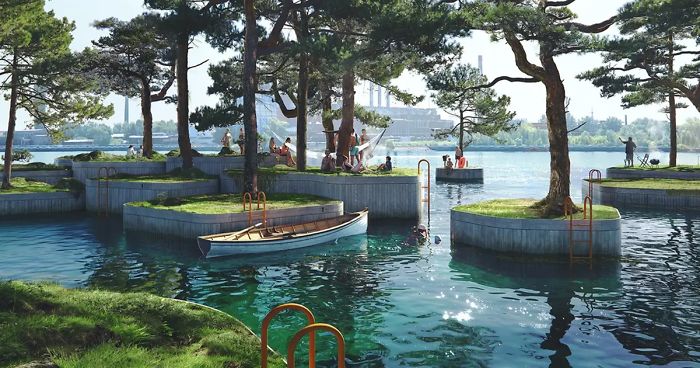
These Floating Islands Will Bring A New Type Of Public Park To Copenhagen
Designed by Australian architect Marshall Blecher and Studio Fokstrot, a set of roaming artificial islands is set to be built in Copenhagen’s harbor. The project that’s supposed to bring “wildness and whimsy” to Denmark’s capital will provide a new type of public space to relax and unwind in. The islands will be open and free to everyone, including boaters, swimmers, kayakers, and just about everyone who enjoys being outside.
More info: Studio Fokstrot | Copenhagen Islands
Sometime this year, the harbor of Copenhagen will have its very own floating islands
Image credits: MIR
The islands will feature plants, trees, and grass—everything necessary to provide a habitat for life over the water and under it. “The top of the islands will be planted with endemic grasses, bushes, and trees, which will provide a sanctuary in the middle of an otherwise highly developed part of the city for the local seagulls, swans, pigeons, and ducks,” the architect Marshall Blecher told the media.
The “parkipelago” was designed by Australian architect Marshall Blecher and Studio Fokstrot
Image credits: Copenhagen Islands
For the construction of the Copenhagen islands, their designers will use traditional wooden boat-building techniques. The floating structures themselves are flexible in their use, while the materials that will be used are sustainable and also recycled.
The floating public spaces will be constructed using recycled and sustainable materials
Image credits: Airflix
For the construction of the “parkipelago” of floating islands, recycled and sustainable materials will be used—steel and floatation elements clad in Forest Stewardship Council-approved timber. As for the process, the designers will be using traditional wooden boat-building techniques. The islands will be moved from season to season between different parts of the harbor.
And will be moved to different places of the harbor seasonally
Image credits: Copenhagen Islands
The new project is following the success of the first prototype island CPH-Ø1 that was launched back in 2018. It then became an attractive part of the harbor and won many design prizes. Later this year, it will be joined by three more islands. “The largest island will comprise nine modules with additional separate islands floating nearby,” architect Marshall Blecher told one media outlet.
Here’s what people online said
27Kviews
Share on FacebookThey look amazing, but most harbors I've seen weren't places you'd want to swim in. Is Copenhagen Harbor different? (honest question)
From Copenhagen here. Yes, we have some harbor areas where the water is clean enough to go swimming. They're very busy during the (good) summers.
Load More Replies...Are the islands anchored so they don't crash into each other? I think they would have to be or swimmers could be crushed between them.
Are those islands even large enough to sustain a tree, with roots and all?
They look amazing, but most harbors I've seen weren't places you'd want to swim in. Is Copenhagen Harbor different? (honest question)
From Copenhagen here. Yes, we have some harbor areas where the water is clean enough to go swimming. They're very busy during the (good) summers.
Load More Replies...Are the islands anchored so they don't crash into each other? I think they would have to be or swimmers could be crushed between them.
Are those islands even large enough to sustain a tree, with roots and all?
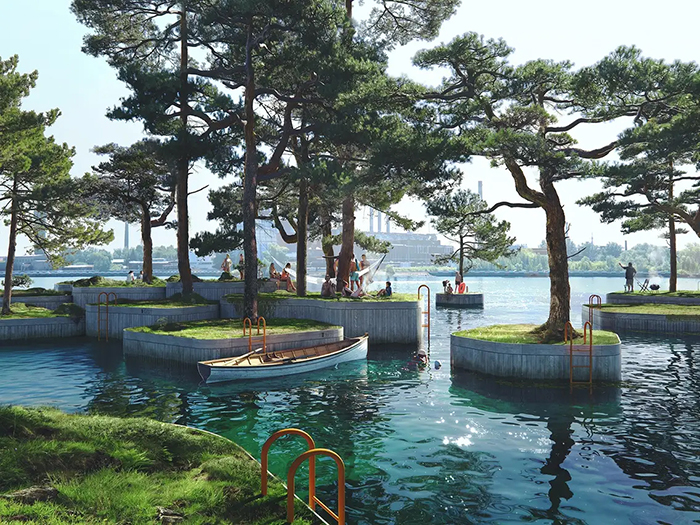
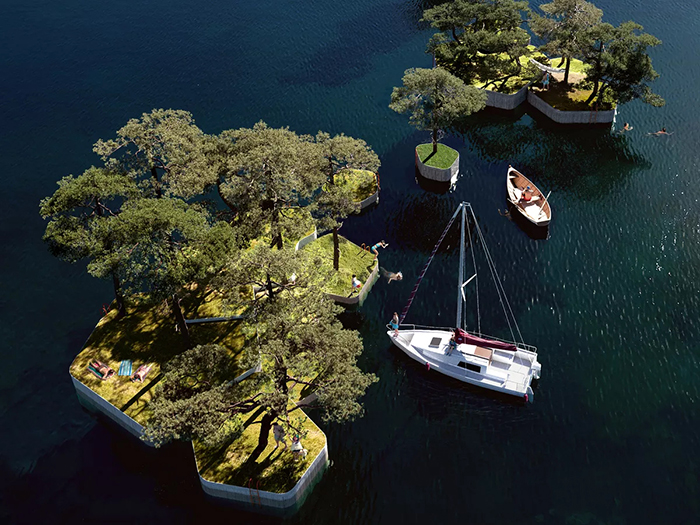
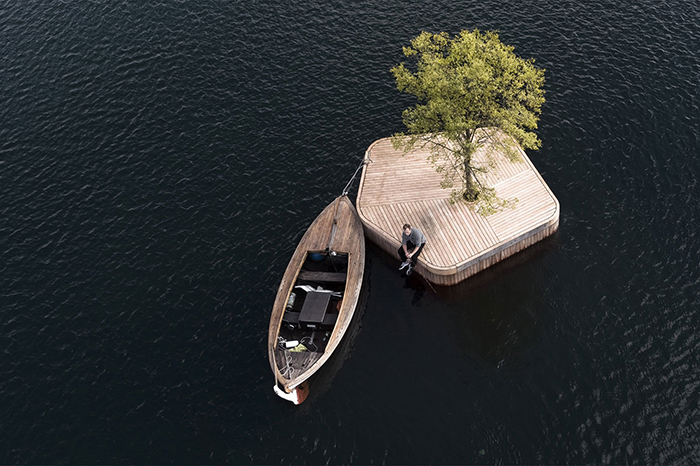
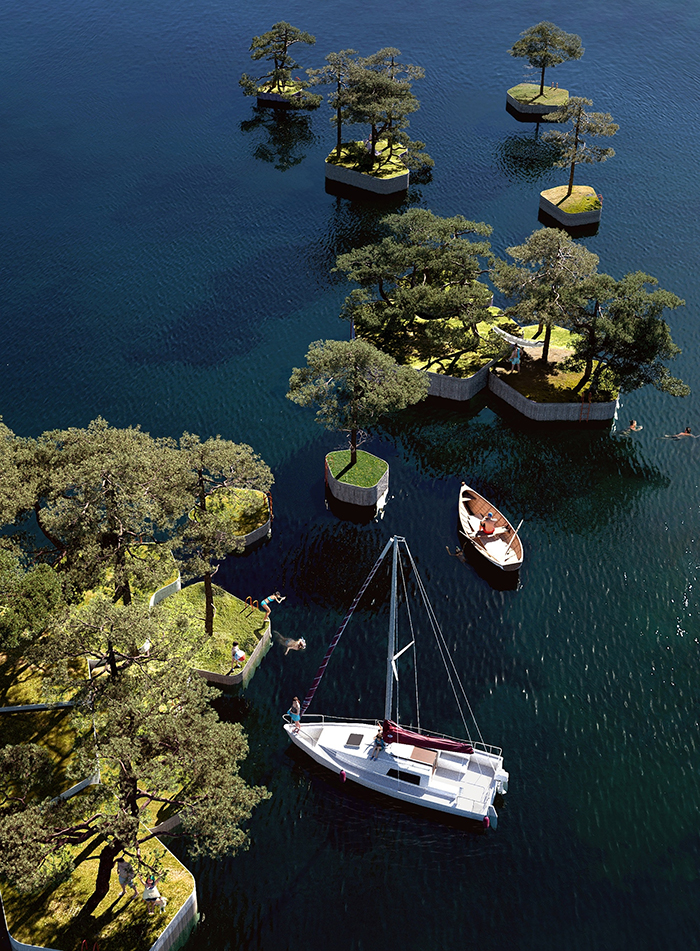






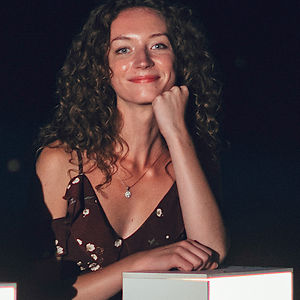


191
10